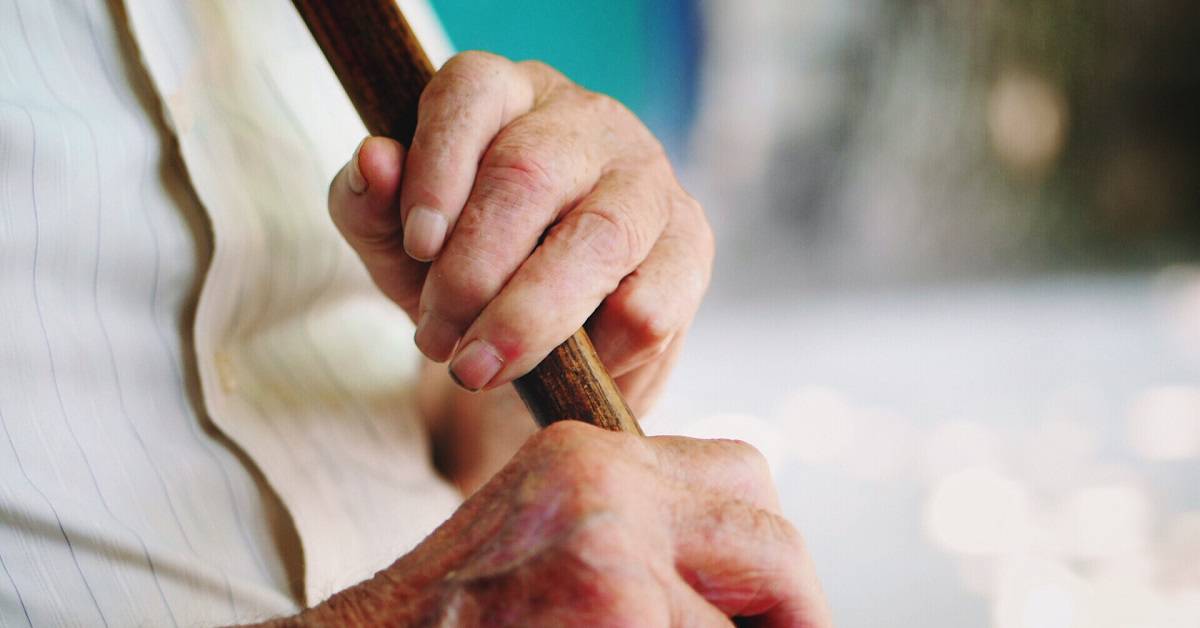Fall-related injuries are a leading diagnoses for hospital readmissions, particularly for at-risk older adults discharged home. There is a need for greater attention to transitional prevention strategies to avoid post-discharge falls.
Falls were the leading reason for readmission among patients whose initial hospital was fall-related and who were discharged to home, even with home health care.
A University of Michigan study found that in people 65 or older, fall-related injuries within a month of hospital discharge ranked as high as the third-leading diagnosis for readmission and the second-leading diagnosis at readmission for patients with cognitive impairment and whose initial hospitalization was fall-related.
The findings suggest that by emphasizing personalized fall prevention before discharge, especially for at-risk patients, hospitals could improve patients’ recovery and mobility, and minimize costly fall-related penalties, said principal investigator Geoffrey Hoffman, an assistant professor at the U-M School of Nursing.
Researchers examined 8.3 million patient readmissions using two years of Hospital Cost and Utilization Project Nationwide Readmissions data. They identified the frequency of fall-related readmissions overall and for two high-risk subgroups: those with cognitive impairment and those whose initial hospitalization was fall-related.
Among patients initially hospitalized with a fall-related injury who were discharged home or to home healthcare, a repeat fall-related injury ranked as the leading cause of readmission (12.3% and 11.8% respectively).
The overall readmission rate was 14 percent. It was a bit higher for those with cognitive impairment (16 percent), but a bit lower for those with a previous fall injury (13 percent).
Proper education is key, said senior author Lillian Min, U-M associate professor of geriatrics and palliative medicine. “Discharge planners, doctors, patients and families should develop a personalized plan to balance increased mobility and fall prevention,” she said. This can include community-based interventions, home modifications and education.
Are you looking for a toolkit for success? Get this free resource: Overcoming Obstacles to Effective Senior Falls Prevention and Coordinated Care.

Lisa is a turnaround expert who excels in navigating unsteady, complex, and ambiguous environments. She has provided C-suite education to over 10,000 organizations in the home care sector for decades. Lisa’s trusted voice in the industry has been recognized for her ability to manage disruption, identify new growth and revenue opportunities, and develop high-level engagement strategies between home care and referral partnerships. Her contributions are instrumental in advancing the future of home care.


